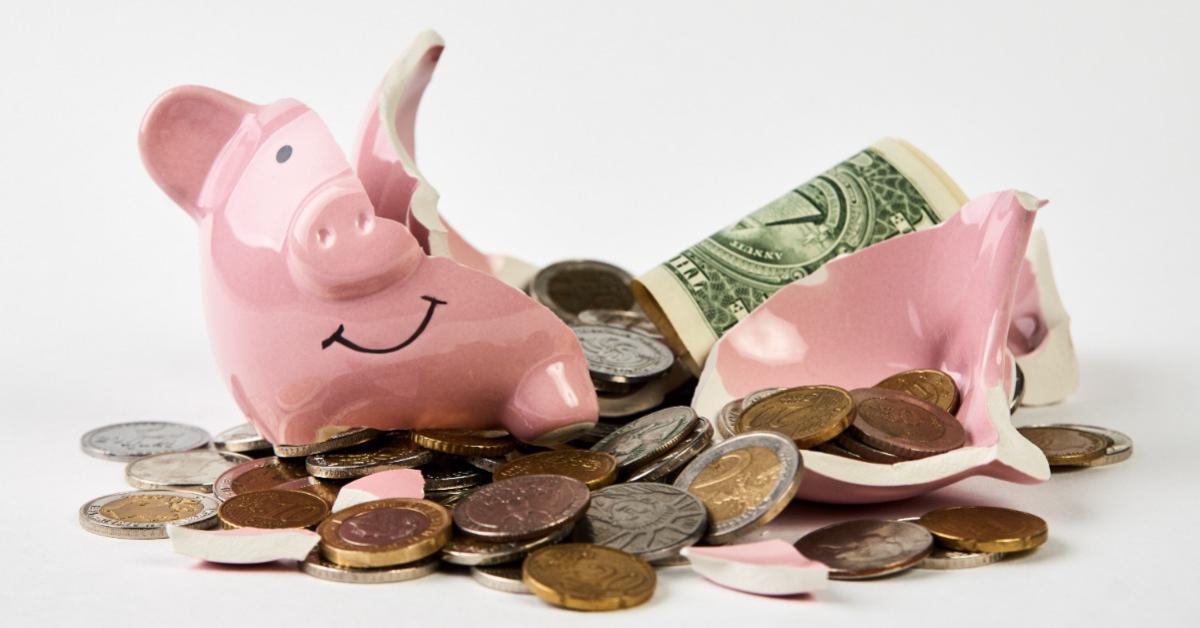
The character Mike Campbell in Ernest Hemingway’s 1926 novel The Sun Also Rises was asked about his money troubles and responded with a vivid description embracing self-contradiction: “‘How did you go bankrupt?’ Bill asked. ‘Two ways,’ Mike said. ‘Gradually and then suddenly.’”
Ground-hugging interest rates for more than a decade kept the inefficient and the incompetent in business. Now, the jig is up, with a Mother’s Day weekend corporate massacre that saw the bankruptcies of seven corporations, each with liabilities of nine figures or more—in four cases, with more than a billion dollars in liabilities each.
This cluster of large bankruptcies happening in less than forty-eight hours is the most since 2008. Libby Cherry writes for Bloomberg (reprinted on Time): “Firms across every sector are struggling with higher interest costs—making it more challenging to refinance loans and bonds—while corporate executives are drawing more scrutiny from investors and creditors.”
The corporate restructurings cover a wide range of businesses: Vice Media Group, KKR-backed Envision Healthcare, security company Monitronics International, chemical producer Venator Materials Plc, oil producer Cox Operating, fire protection firm Kidde-Fenwal, and biotechnology company Athenex.
The only thing these firms had in common was lots of debt that was unserviceable with today’s higher interest rates. Murray Rothbard wrote in America’s Great Depression:
The problem of the business cycle is one of general boom and depression; it is not a problem of exploring specific industries and wondering what factors make each one of them relatively prosperous or depressed. . . . What we are trying to explain are general booms and busts in business.
In considering general movements in business, then, it is immediately evident that such movements must be transmitted through the general medium of exchange—money.
If you haven’t been losing any sleep over these corporate failures or have been blissfully unaware, the weekly St. Louis Fed Financial Stress Index is with you, measuring no stress. Above zero on the index means there is stress in the market—when Silicon Valley Bank failed, the index jumped to 1.54. Zero means normal market conditions, and a negative reading signals below-average stress. The index is currently reading negative.
Corporate bankruptcies, the debt ceiling showdown, bank failures—nothing to see here. Providing context, Wolf Richter writes that “During the Financial Crisis, just after the Lehman bankruptcy, the index spiked to +9.25, so that’s about six times the value during the SVB collapse (+1.54).”
With everything so calm, it’s no wonder Fed heads claim to blindly have their noses to the inflation grindstone. Nonvoter Federal Reserve Bank of Richmond president Thomas Barkin told Bloomberg’s Michael McKee that he wants to reduce inflation. “And if more [interest rate] increases are what’s necessary to do that I’m comfortable doing that.”
Another nonvoter, but frequent talker, Federal Reserve Bank of Cleveland president Loretta Mester said the Fed can “do its part” by curbing inflation.
Of course, as Rothbard explained, the Fed actually creates inflation, instead of curbing it. However, higher interest rates will mean a bumper crop of bankruptcies.
TheStreet reports:
The most recent S&P data show 2023 corporate bankruptcies rising at an alarming clip. Data show 236 bankruptcies were recorded through the end of April 2023 (109 had been recorded over the same time period last year). UBS also found in a recent study that bankruptcies worth $10 million or more had a rolling average of about 8 per week.
There’s been much talk about the “everything bubble.” Perhaps that will now include bankruptcies, gradually, then suddenly.






